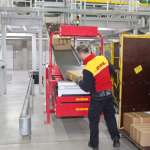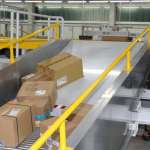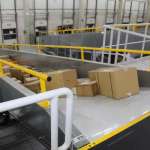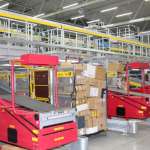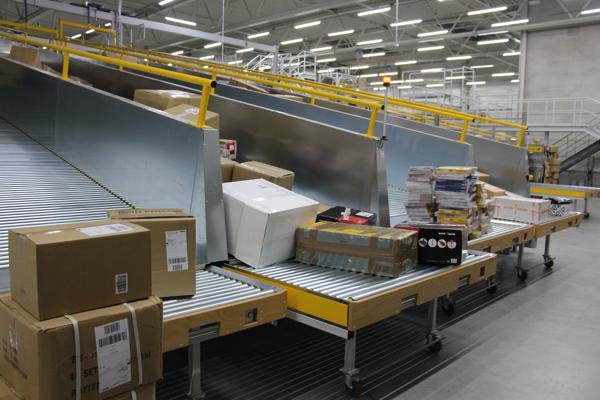The basic idea: the two functions „sorting“ and „loading of delivery vehicles“ performed at different points in time. In classic sorting processes, the packages slide down to their individual destinations, but LIPPERT has developed a patented solution which allows the deliveries to be placed on top of each other mechanically in individual blocks at the sorting destinations.
This is made possible by LIPPERT MULTILAYER, which buffers delivery volumes amounting to the capacity of a delivery vehicle and more at the destination points.
This obviates the need for drivers of the delivery vehicles to be present at the loading doors during the entire sorting process. It is only shortly before or after the end of the sorting process necessary that the delivery vehicles arrive and the consolidated package volume is loaded onto the vehicles. With this system, the loading times per vehicle are significantly shortened, with a corresponding reduction in the working hours of the driver.


